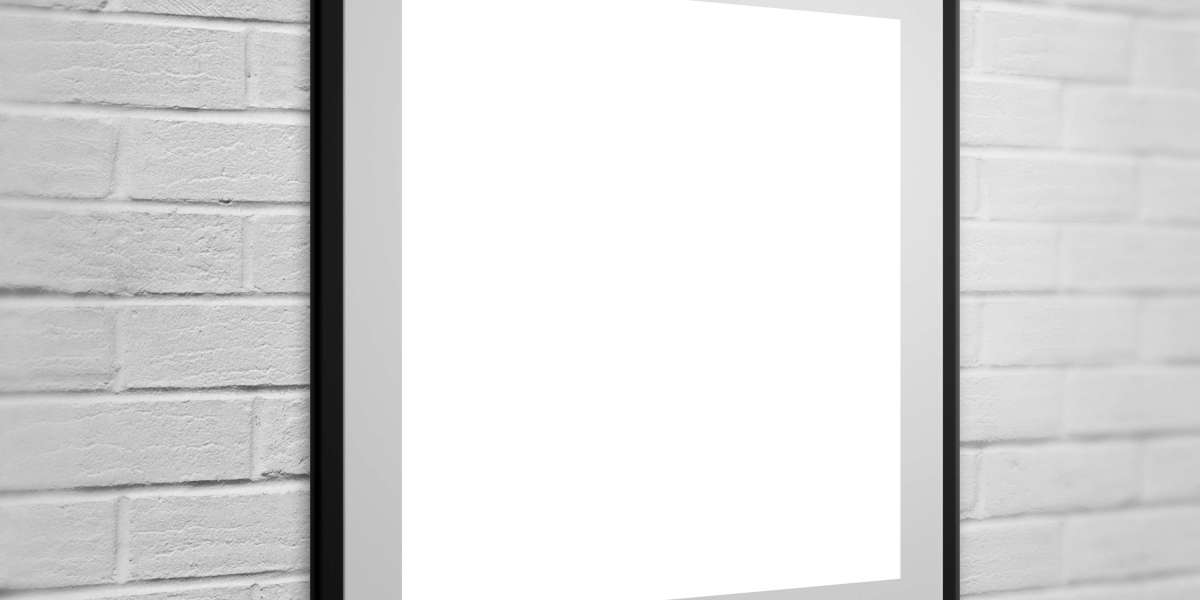You bought an air fryer with the best of intentions, right? Visions of crispy sweet potato fries and juicy chicken with barely a teaspoon of oil danced in your head. It’s the modern-day health nut’s dream appliance. But then, a nagging thought creeps in. You remember an article about non-stick pans, see a tiny scratch inside your air fryer basket, and wonder: "Is this thing actually safe?"
You're not alone. I had the exact same panic moment a year ago. I was proudly pulling out a batch of kale chips when I noticed a few small scratches on the basket's surface. That was the day I fell down the rabbit hole of non-toxic kitchenware. What I learned completely changed how I shop for appliances.
So, let's talk about it. Forget the confusing marketing speak. We're going to have a straightforward conversation about what makes an air fryer truly non-toxic, and how you can choose one without losing your mind.
The Heart of the Matter: Why Your Air Fryer's Coating is a Big Deal
For years, the magic behind non-stick cookware was a family of chemicals, most notably PFOA and PFAS (often dubbed "forever chemicals"). While PFOA is largely gone from new products, its cousin, PTFE (that's Polytetrafluoroethylene, but you know it as Teflon™), is still widespread.
Here’s the real-world problem: these coatings aren't a concern when they're brand new and in perfect condition. The trouble starts with heat and time. When they get too hot—say, if you preheat your air fryer empty for too long—or when they get scratched from metal utensils or abrasive scrubbing, those coatings can start to break down. That’s when they can release fumes and tiny particles you really don't want in your food or your lungs. Choosing a non-toxic air fryer is about closing that door entirely.
Navigating the "Safer Choices" Aisle: Ceramic, Steel, and The Rest
Okay, so what are our options? When you start looking, you'll see a few key terms. Let's break them down as if we're shopping together.
First up, ceramic coatings. These have become the popular "safer" alternative. They're typically made from a sand-based material and are free of PTFE and PFOA. I like to think of them as the "good, but handle with care" option. They provide that lovely non-stick surface for your fries and wings, but they can be a bit fragile. In my experience, they often require hand-washing to keep them in top shape, as dishwasher detergents can be harsh.
Then, there's the stainless steel crowd. If you want to eliminate the worry entirely, this is your champion. Stainless steel is inert. It doesn't react with food, and it won't release fumes no matter how hot it gets. Is it as non-stick? Honestly, no. You'll need to use a light spritz of oil for certain foods. But the trade-off is immense. You can use metal utensils (though be gentle), scrub it to your heart's content, and toss it in the dishwasher. It’s the workhorse that will last you a decade or more.
And of course, you'll see labels screaming "PFOA-Free" and "PTFE-Free." My advice? Don't just take their word for it. "PFOA-Free" is like a cereal box saying "Cholesterol-Free"—it's true, but it doesn't tell the whole story. Dig into the technical specs on the manufacturer's website. Look for explicit, unambiguous language that says the product is free from the entire class of PFAS chemicals.
My Personal Decision-Making Checklist
After all my research, I developed a simple checklist I used to buy my current air fryer. Maybe it'll help you, too.
The Material Heart: I first decided what my priority was. Was it ultimate convenience (ceramic) or ultimate peace of mind (stainless steel)? I went with stainless steel because I'm rough on my appliances and value long-term durability.
The Spec Sheet Deep Dive: I made a shortlist of three models and then went straight to the "Technical Specifications" or "Product Features" section on the brand's official website. I Ctrl+F'd for "PTFE-free" and "PFOA-free." If it wasn't clearly stated, I moved on.
The Real-World Test (via Reviews): This is the most important step. I specifically searched for reviews from people who had owned the air fryer for 6+ months. I looked for comments like "coating is still perfect" or, conversely, "the non-stick surface started chipping after 4 months." This real-world data is priceless.
The Cleanability Factor: As a busy person, I knew if it wasn't dishwasher-safe, I'd resent it. I made sure the basket and tray were listed as dishwasher-safe. This is a common feature with stainless steel but rarer with ceramic.
The Capacity Check: I thought about my typical usage. I live with my partner, so a 5-quart model was our sweet spot. If you have a family of four or more, you'll probably want to look at 6 quarts and up.
Wrapping It Up: Confidence in the Kitchen
Look, moving to a non-toxic air fryer isn't about fostering fear. It's the opposite. It's about empowerment. It's about taking control of your kitchen environment and making a conscious choice for your health. Once you make the switch, that little voice in your head goes quiet. You can enjoy all the fantastic, healthy benefits of air-fried food with the confidence that your appliance is a true partner in your well-being.
The best part? You don't have to be a chemist to figure it out. Just focus on the materials, do a little homework, and trust your gut. Your future self—and your future meals—will thank you for it.
P.S. I ended up going with a brand that uses a fully stainless steel cooking chamber. It took a few tries to get the oil amount right to prevent sticking, but now I wouldn't have it any other way. The peace of mind is worth its weight in gold... or crispy kale chips.



